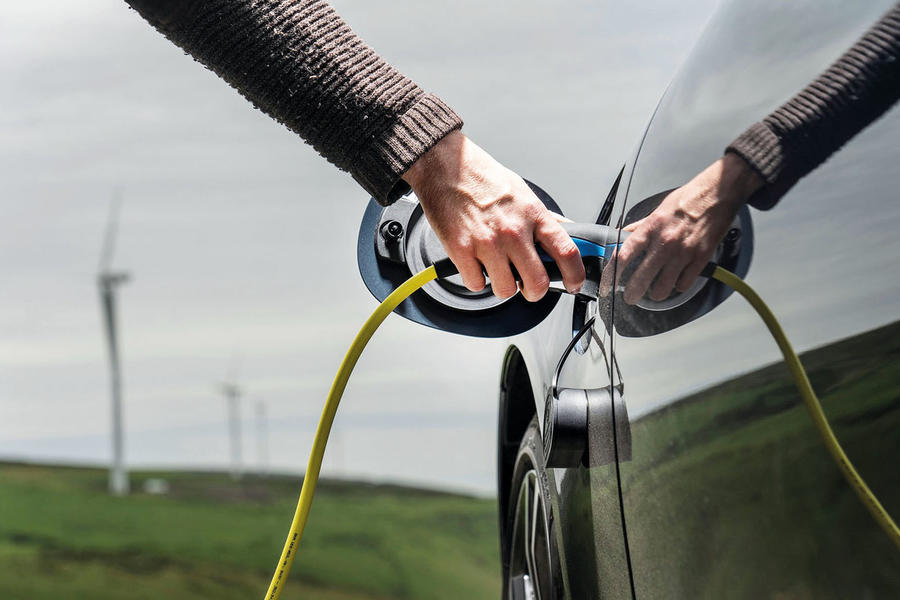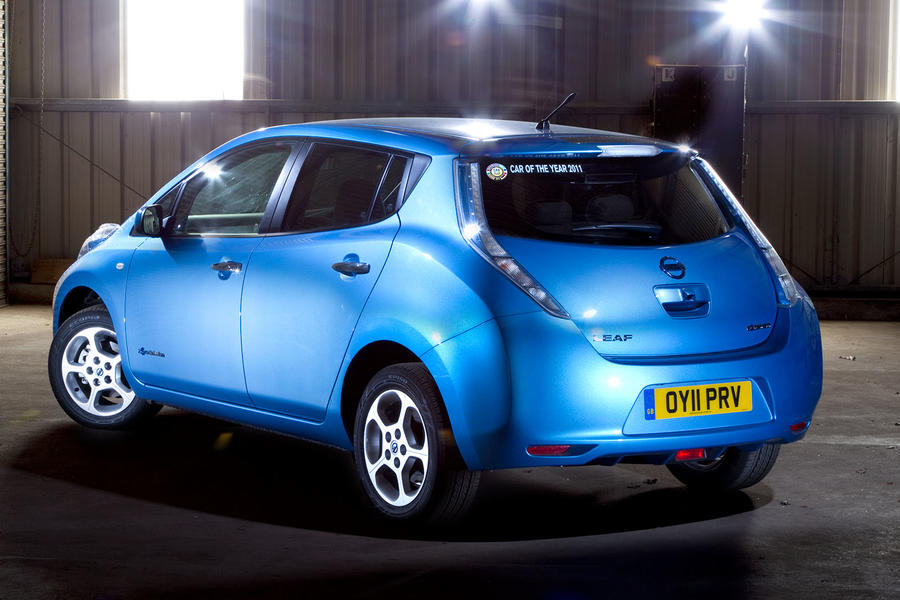The level of battery degradation affects an EV’s used value
Battery analysis reveals rapid degradation in some models; some reaching “end of life” within eight years
Concerns are being raised about the usable lifespan of EVs, with specialist companies reporting some cars reaching ‘end of life’ battery capacity after just eight years – and some hitting that point even sooner.
Silver Power Systems (SPS), a specialist in battery performance analysis whose software tracks and monitors battery data and health, says it has observed wide variations in performance, especially within fleets.
“Across even a single fleet, variations in battery health can be up to 10%,” said Pete Bishop, founder and chief technology officer at SPS. “Considering that in most commercial applications, 80% battery capacity is deemed to be end of life in operational terms, 10% degradation represents half a vehicle’s life.”
However, the definition of what constitutes ‘end of life’ depends on how the vehicle is being used, as Liam Mifsud, programme manager at SPS, explained: “Someone operating a specialist vehicle will probably keep it for longer and not regard 80% as end of life. If they don’t drive far, a private vehicle owner may also be happy with that capacity. However, we’ve noticed that when a battery gets to 70%, it degrades more rapidly.”
SPS’s findings echo those of Geotab, a telematics provider. It also measures vehicle batteries’ state of health but goes further by publishing its findings in its Electric Vehicle Battery Degradation online tool.

Its data is based on 6300 fleet and consumer EVs, represented across 24 makes and models.
According to Geotab, average battery degradation over a six-and-a-half-year timeframe is 13.5%. Among those recorded by the tool are three model years of BMW i3, with the oldest, from 2017, recording a battery degradation figure of 16% after a little less than three years.
Meanwhile, 2014 examples of the Nissan Leaf show 23% degradation after almost six years. After four and a half years, the batteries in 2015 Tesla Model S cars that Geotab sampled had degraded by 10%.
Autocar compared Geotab’s results with the same models being advertised by private sellers. A 2012-reg Nissan Leaf with 102,000 miles had, said its owner, only eight bars of the 12 showing on its range display, meaning its battery had degraded by around 30%. As a consequence, he said, the car had a real-world driving range of 50 miles.
A 2015-reg BMW i3 with 33,000 miles had degraded by 19%. Its owner claimed that on a full charge and in Eco Pro mode, the car had a driving range in summer of 85 miles. A 2014-reg Tesla Model S with 70,000 miles displayed a range of 270 miles when fully charged, compared with 280 miles when it was new.
![]()
In contrast to these private sellers, Autocar found that dealers were less forthcoming about their cars’ battery capacities and ranges. However, one specialist EV dealer has recently begun displaying the battery health of its cars in its advertising. Drive Green, based near Bristol, uses a plug-in battery monitor to generate a battery certificate that it displays with the car. For a 2014-reg Renault Zoe with 54,000 miles, the company quotes a battery state of health figure of 96%. A salesman said the garage is the only one in the UK offering the service.
Some dealers are sceptical about the reliability of battery readings taken this way, however. One EV specialist told Autocar that it’s important to know what condition the battery was in before it was analysed by a third-party, plug-in system. “A warm battery will give a good figure, so sellers run the car first then check it,” he said. “I’ve seen it happen when dealers are selling to the public as well as to each other. This way, they get a better price for the vehicle. The best thing is to go by the car’s range display. We’ve sold hundreds of EVs, and on this basis, we see 1-2% battery degradation each year.”
One organisation that might be expected to have a clear picture of the scale of battery degradation is Recovas. The partnership – which includes EMR, a vehicle recycler; car makers including BMW; the University of Warwick; and the UK Battery Industrialisation Centre – is developing an end-of-life supply chain for the electric vehicle industry. As part of this work, EMR salvages end-of-life EV batteries. But EMR managing director Roger Morton said it’s early days as far as supply is concerned.

“EV batteries are lasting far longer than anyone expected,” he said. “Although batteries degrade over time, for third owners and beyond, driving range is less of an issue. The car is probably a second or third vehicle for short trips, and in any case the car is much cheaper than a new one, so they make allowances.
“I see EVs easily lasting as long as ICE cars; possibly longer because they’re simpler. It’s going to be 2045, long after sales of ICE vehicles have ceased, before we start seeing end-of-life EVs with seriously depleted batteries in large numbers.”
Source: Autocar
